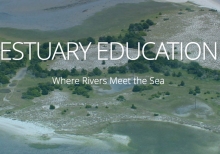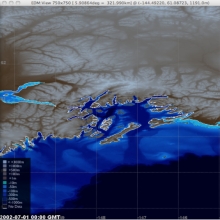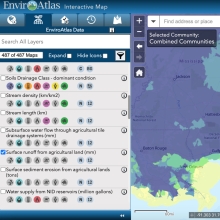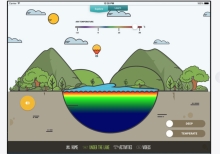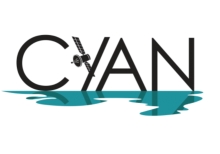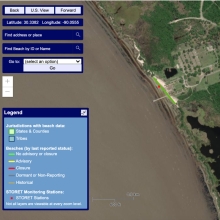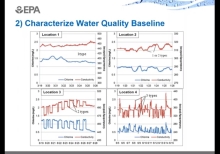Estuary Education Resources
Why teach about estuaries? This suite of estuary education resources help educators bring estuarine science into the classroom through hands-on learning, experiments, fieldwork, and data explorations. These specially designed lessons, activities, data explorations, animations and videos can be used independently or as a supplement to existing curricula and can be adapted to meet any grade level.

